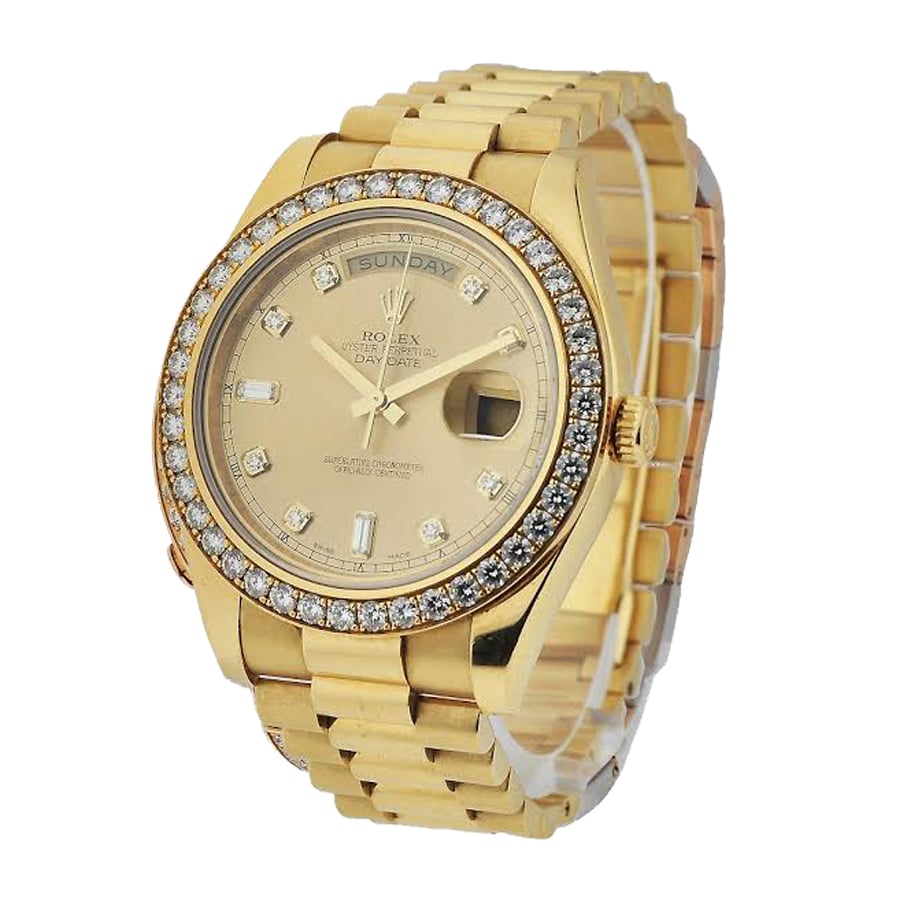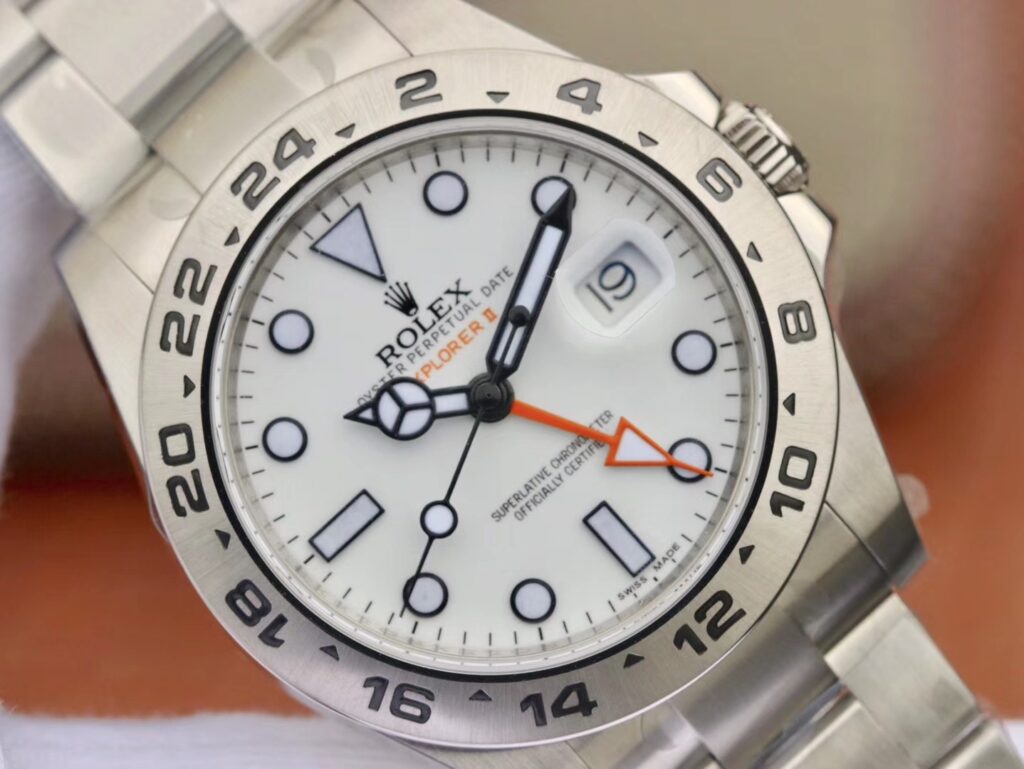
One tick per second. It’s the unmistakable sign of a quartz movement. And if you spot a Rolex ticking like this, it’s usually one of two things: either the rare replica Rolex Oyster Quartz or a fake. But there’s a surprising third option – the Rolex Tru-Beat, an obscure and rare watch with an unusual complication: a deadbeat seconds hand.

What is a Deadbeat Seconds Hand?
The deadbeat seconds is a paradox in watchmaking. It ticks once per second like a quartz watch, but it’s entirely mechanical. Achieving this effect requires a sophisticated mechanism that slows the typical multi-tick motion of a mechanical seconds hand to a single tick per second. Though this complication was first developed in 1675 for regulator clocks, it didn’t appear in wristwatches until the 1950s – enter the Rolex Tru-Beat.
The History of the Rolex Tru-Beat
Introduced in 1954, the Tru-Beat was one of the first wristwatches to feature a deadbeat seconds hand, alongside the similarly rare Omega Synchro-Beat. Rolex initially marketed the Tru-Beat to doctors and medical professionals, claiming the single tick per second would aid in taking patients’ pulse rates. However, this niche market was not enough to sustain the watch, leading to disappointing sales and its discontinuation after just five years.
Compounding its issues, the Tru-Beat’s mechanism was notoriously difficult to maintain. With a movement frequency of 18,000 beats per hour (or five ticks per second), a complex escapement system was needed to convert these five beats into one deliberate tick per second. The movement’s challenging nature often led to service headaches, and in some cases, clone Rolex reportedly replaced the deadbeat mechanism with standard movements to keep the watches running, further reducing the number of surviving original Tru-Beats.
Why the Tru-Beat is So Rare Today
These complications contribute to the Tru-Beat’s legendary rarity today. With low production numbers, frequent modifications, and limited appeal at the time of its release, finding a Tru-Beat in original condition is a significant challenge. Yet, when they do surface at auctions, they command high prices – a Rolex Tru-Beat sold for nearly $40,000 at Phillips in 2015.
Though the Tru-Beat was a commercial failure, its complexity and quirkiness have made it a coveted piece among collectors. In the world of vintage Rolex, even the oddest models can achieve legendary status.